Landslides
Type of resources
Available actions
Topics
Keywords
Contact for the resource
Provided by
Years
Formats
Representation types
Update frequencies
Service types
Scale
-
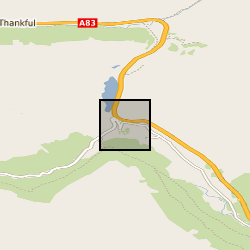
Fixed time lapse camera imagery with 15 minute interval during daytimes captured from Ben Donich (BNG: NN 2297 0637) looking towards the A83 Rest and Be Thankful / slope of Beinn Luibhean. Data were subsequently processed in https://doi.org/10.3390/rs13050893 for deformation tracking. There are data gaps during poor weather/outages, and, some camera shift requiring alignment.
-
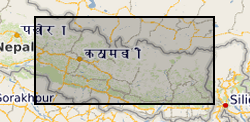
This is a point (.txt) file of 12,838 Asia Summer Monsoon (ASM) - triggered landslides that occurred across central-eastern Nepal in the period 1988 - 2018. This inventory includes the landslide locations (x, y coordinates of landslide crests) and geometries, as well as the following landslide attributes, where each attribute was extracted at the position of the landslide crest: elevation (m), slope (o), aspect (o), planform and profile curvature, excess topography (m3), local relief (m), distance to channel (m), distance to road (m), near channel ksn, near channel specific stream power (SSP), average 30-year precipitation, total annual rainfall, peak monthly rainfall, landuse, Permafrost index, geology, and tectonic unit. Note, landslides were not mapped in the years 2011 and 2012 due to scan line errors in the Landsat 7 imagery. These landslides and associated attributes were collected for the purpose of assessing how landslide spatial distributions and susceptibility vary through time.
-

Imagery taken with a DJI Phantom 4 Pro drone using the as supplied RGB camera for part of the slopes above the A83 Rest and Be Thankful, Scotland in 2016. Images cover part of the slopes affected by Storms Desmond and Frank.
-
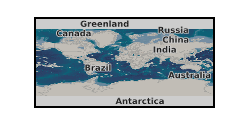
Terrestrial laser scanning data of the slopes above the A83 Rest and Be Thankful collected by a Riegl LMS Z620i instrument in 2016 after Storms Desmond and Frank from 3 positions. These data are scanner centric coordinates which the end-user needs to align and (if required) align into a global coordinate system. Data are in raw format, supplied as .las with scaled intensity included.
-
Polygon inventory of 481 landslides mapped along the Arniko Highway, Nepal (NERC Grant NE/L002582/1)
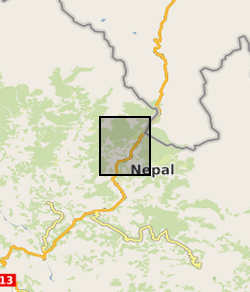
Polygon shapefile including 481 coseismic and climate triggered landslides mapped along the Arniko Highway, Nepal, using a combination of field mapping and remote sensing. All mapped landslides were those visible in the landscape during the period 2017 – 2018. Landslides were mapped using a combination of field and remote sensing methodologies (see lineage). The inventory includes the landslide locations, perimeters (Length field), areas, types (for field mapped landslides), and whether a given landslide was mapped in the field or remotely (source field). These landslides were mapped for a range of purposes, from conducting landslide susceptibility assessments, to investigating landslide processes and preconditioning.
-
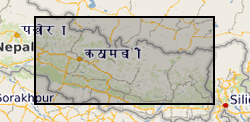
This is a polygon Shapefile of 12,838 Asia Summer Monsoon (ASM) - triggered landslides that occurred across a ~45,000 km2 region of central-eastern Nepal in the period 1988 - 2018. This inventory includes the landslide locations, perimeters (Length field), areas and pre-/post- monsoon season satellite image dates used to map each landslide. Note, landslides were not mapped in the years 2011 and 2012 due to scan line errors in Landsat 7 imagery. These landslides were mapped for a range of purposes, from conducting landslide susceptibility assessments, to investigating landslide processes and preconditioning.
-
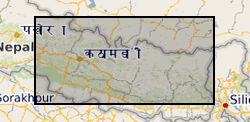
Text file containing the areas (of combined scar, deposition and runnout zones, and estimated scar zones alone) and volumes (for both total and scar areas) of 12,920 Asia Summer Monsoon (ASM) that occurred across central-eastern Nepal in the period 1988 - 2018. Note, landslides were not mapped in the years 2011 and 2012 due to scan line errors in Landsat 7 imagery.
-
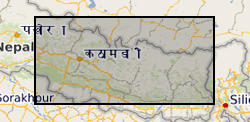
This is a polygon Shapefile of 12,920 Asia Summer Monsoon (ASM) - triggered landslides that occurred across central-eastern Nepal in the period 1988 - 2018. This inventory includes the landslide locations, perimeters (Length field), areas and pre-/post- monsoon season satellite image dates used to map each landslide.Note, landslides were not mapped in the years 2011 and 2012 due to scan line errors in Landsat 7 imagery. These landslides were mapped for a range of purposes, from conducting landslide susceptibility assessments, to investigating landslide processes and preconditioning.
-

The aim of the Landslides Project is to define, describe and catalogue the landslides and mass movements of Great Britain and interpret them in terms of the hazard that they engender so that they may be avoided, or mitigated. A central part of this project is the operation of the National Landslide Database. The National Landslide Database forms the primary record of landslide information in Great Britain. It records information gathered by the Landslide Project and projects elsewhere in the BGS on landslide events and landforms throughout Great Britain. It incorporates information from other databases, including regional landslide databases held within BGS which includes the National Landslide Database created for the DOE in 1994. The database records the name and location of all landslides known to the project and wherever possible also records information on classification, dimensions, physical characteristics, geology, history, causal factors and impacts of each landslide as well as references to other data sources.
-
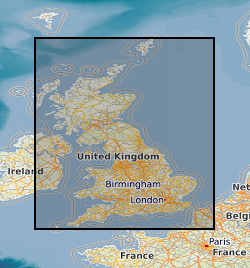
The BGS Debris Flow Susceptibility Model for Great Britain v6.1 is a 1:50 000 scale raster dataset of Great Britain providing 50 m ground resolution information on the potential of the ground, at a given location, to form a debris flow. It is based on a combination of geological, hydrogeological and geomorphological data inputs and is primarily concerned with potential ground stability related to natural (rather than man-made) geological conditions and slopes. The dataset is designed for those interested specifically in debris flow susceptibility at a regional or national planning scale such as those involved in construction or maintenance of infrastructure networks (road or rail or utilities), or other asset managers such as for property (including developers and home owners), loss adjusters, surveyors or local government. The dataset builds on research BGS has conducted over the past 15 years investigating debris flows. The model was designed to identify potential source-areas for debris flows rather than locate where material may be deposited following a long-run-out failure i.e. the track and flow of debris. This work focuses on natural geological and geomorphological controls that are likely to influence the initiation of debris flows. It therefore, does not consider the influence of land use or land cover factors.
 NERC Data Catalogue Service
NERC Data Catalogue Service